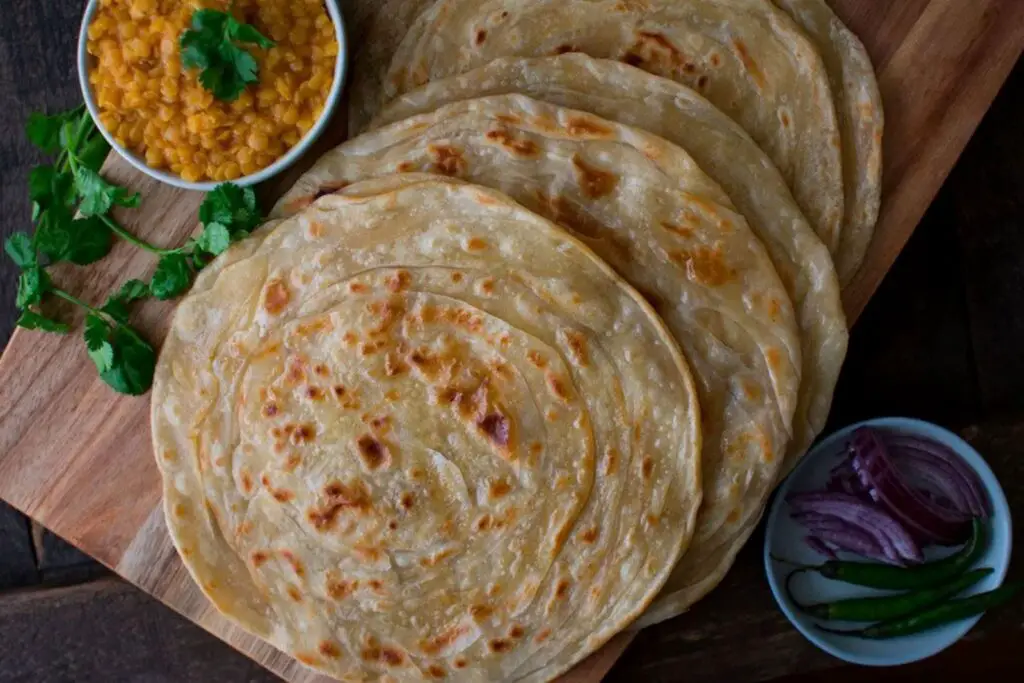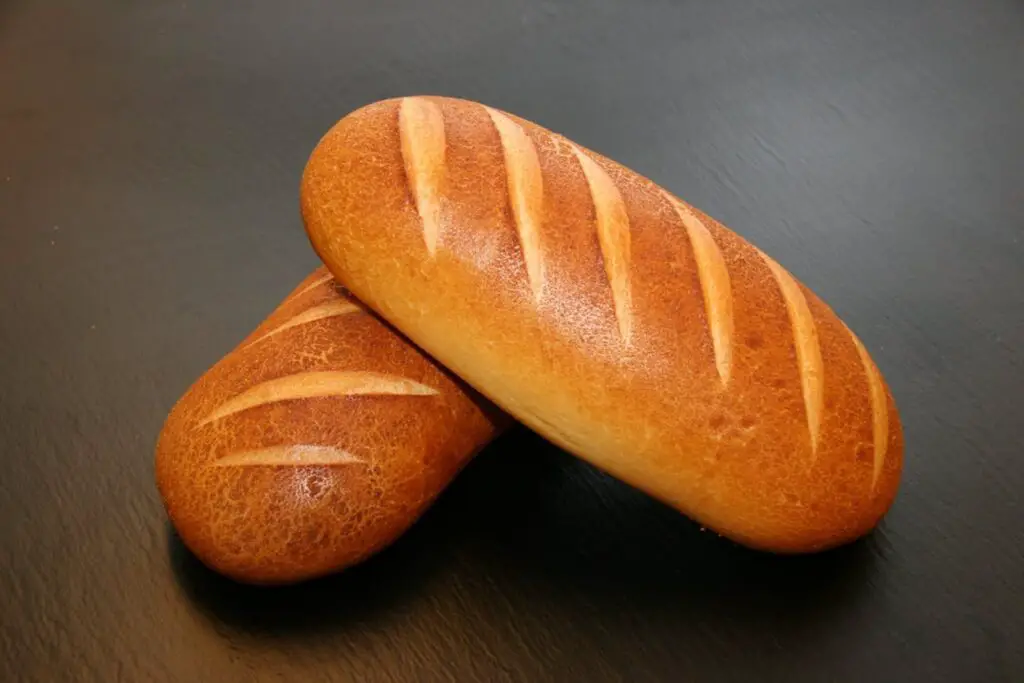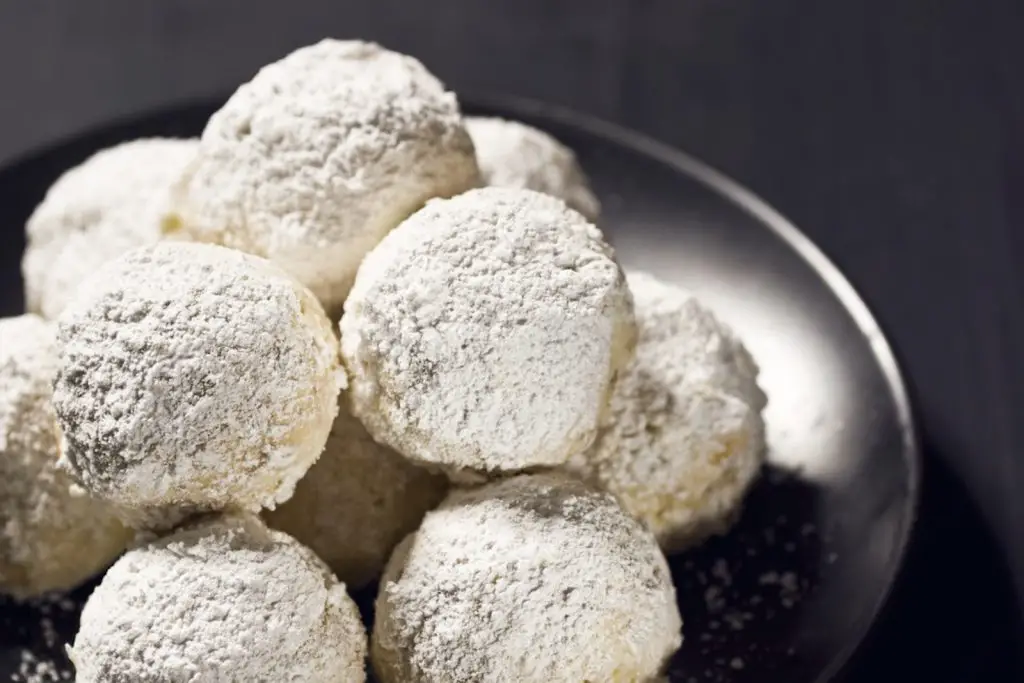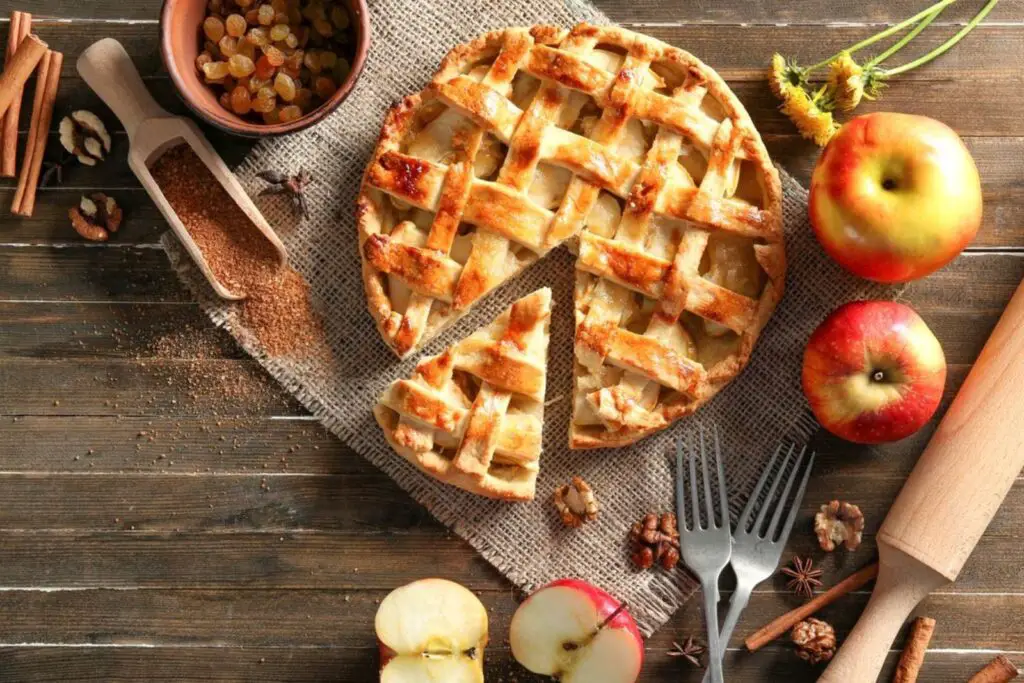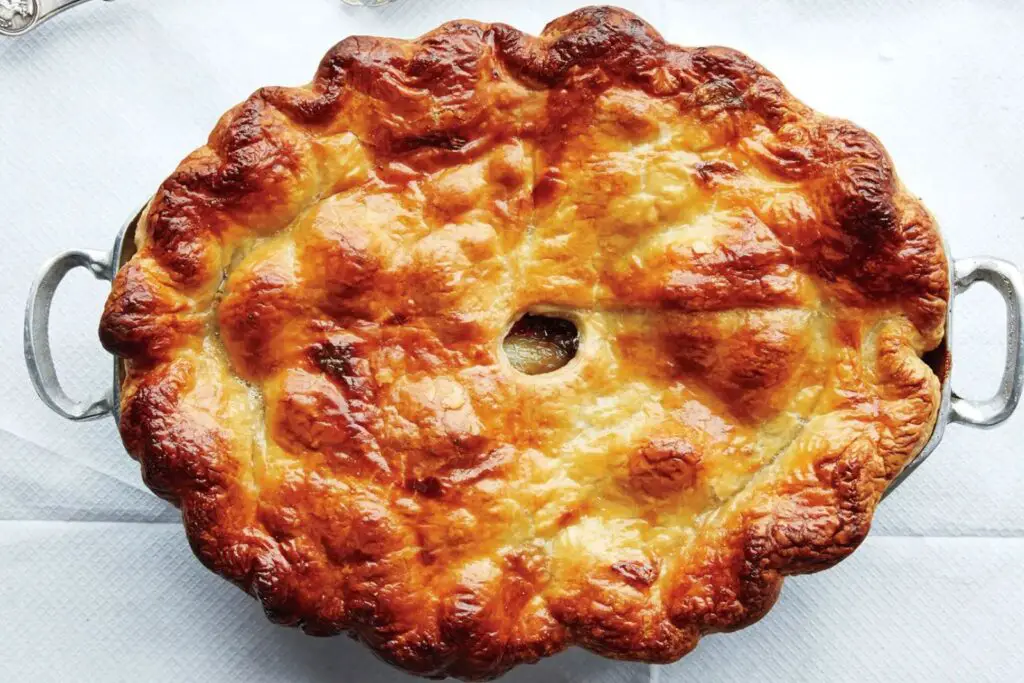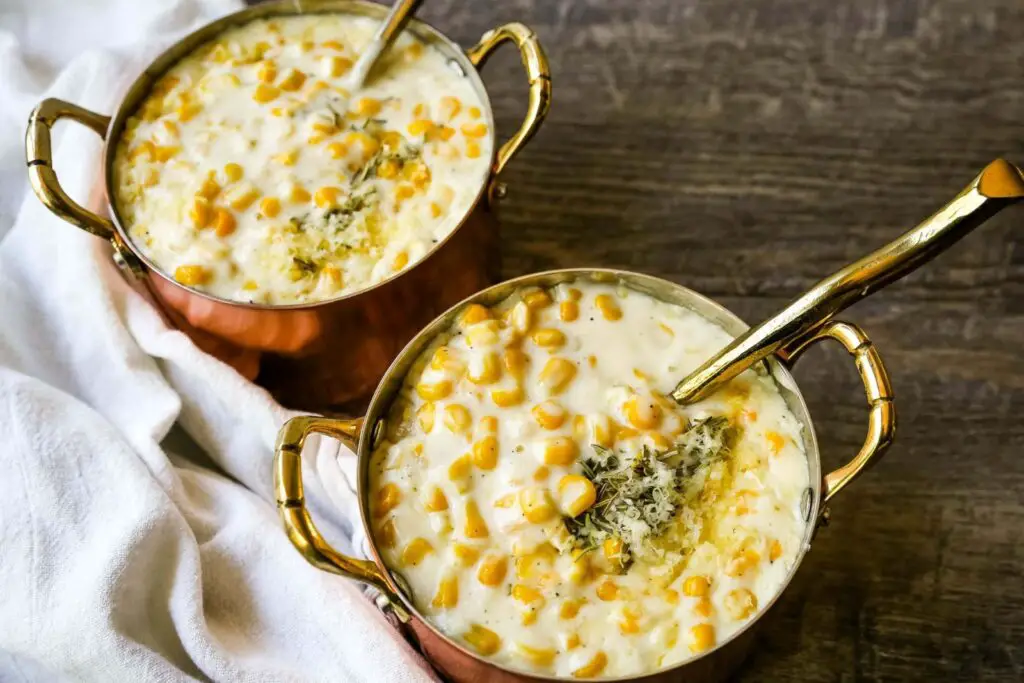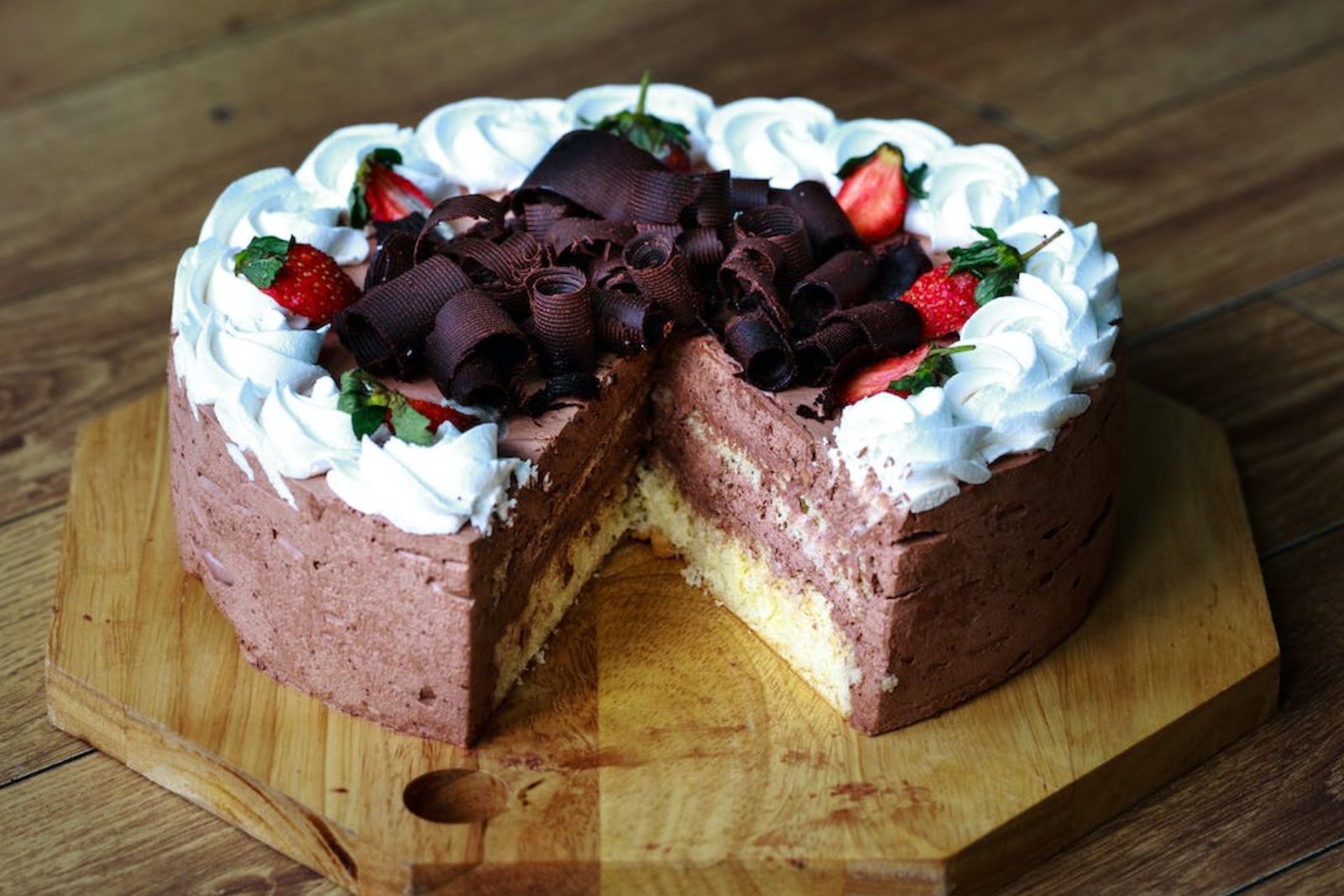
Delight in the sweet indulgence of cakes, the quintessential dessert that brings joy to any occasion. From luscious chocolate cakes to delicate vanilla chiffon, there is a cake to satisfy every craving and celebration. Whether you’re baking a cake from scratch or picking up a delectable creation from your favorite bakery, the aroma and taste of freshly baked cake are simply irresistible. However, sometimes we find ourselves with leftover cake or want to prepare in advance for a special event. Freezing cakes is a wonderful solution to extend their shelf life and preserve their moistness and flavor. By properly wrapping and storing cakes in the freezer, you can ensure that they remain as delicious as the day they were baked. In this guide, we will explore the art of freezing cakes, including different types of cakes, suitable packaging methods, and essential tips for maintaining their quality while frozen. So, embrace the versatility of cakes and enjoy the convenience of having a slice of heaven waiting for you in the freezer.
Here are the simple steps to freeze cakes:
Step 1: Select the Right Type of Cake
Choosing the appropriate type of cake is crucial when it comes to freezing. While many cakes can be successfully frozen, it’s important to consider certain factors to ensure optimal results. Here’s why selecting the right type of cake matters:
- Freezer suitability: Not all cakes are suitable for freezing due to variations in their texture and composition. Cakes that have a dense and sturdy structure tend to freeze better than those with delicate layers or fillings. Cakes like butter cakes, sponge cakes, and pound cakes are generally well-suited for freezing because they have a resilient texture that can withstand freezing and thawing without significant changes.
- Texture preservation: The texture of certain cakes, such as custard-filled or cream-topped cakes, can be negatively affected by freezing. Cream fillings or frostings may separate or become watery when thawed, leading to a less appealing texture. Similarly, delicate cake layers may become soggy or lose their fluffy consistency. To maintain the desired texture and taste, it’s best to avoid freezing cakes with delicate fillings or toppings.
- Taste integrity: The flavor of some cakes may be altered when frozen. Certain ingredients may react differently to freezing, resulting in a change in taste or overall quality. For example, cakes with fresh fruit or whipped cream toppings may experience flavor deterioration or texture issues after being frozen. To ensure the best taste experience, it’s advisable to freeze cakes that have ingredients and components known to withstand freezing well.
By considering the suitability of the cake for freezing, you can ensure that the texture and taste of the cake remain as close to the freshly baked version as possible. Opting for cakes with a sturdy structure and avoiding those with delicate fillings or toppings will increase the chances of successful freezing and enjoyable results when the cake is eventually thawed and served.
Step 2: Allow the Cake to Cool
Allowing the cake to cool completely before freezing is essential to maintain its quality and prevent unwanted texture changes. Here’s why it’s important to let the cake cool down:
- Condensation prevention: Placing a warm cake directly into the freezer can cause condensation to form on its surface. When the warm air inside the freezer comes into contact with the cake’s moisture, it creates droplets that can be absorbed by the cake, resulting in a soggy and mushy texture when thawed. Allowing the cake to cool completely on a wire rack helps to evaporate excess moisture and minimize the risk of condensation.
- Texture preservation: Cakes continue to cook and set even after they are taken out of the oven. If you attempt to freeze a cake that is still warm, its residual heat can lead to uneven cooling and potentially cause the cake to collapse or become dense. By giving the cake ample time to cool on a wire rack, you allow it to reach room temperature evenly, ensuring a light and fluffy texture.
- Frosting and filling stability: Cooling the cake completely is especially important if you plan to frost or fill it before freezing. Warm cakes can cause frostings, icings, or fillings to melt or lose their shape. By allowing the cake to cool, you give these components a chance to set properly, ensuring that they remain intact and visually appealing during the freezing process.
To ensure the best results when freezing a cake, it’s crucial to exercise patience and allow the cake to cool down completely. By doing so, you minimize the risk of condensation, preserve the cake’s texture, and create a stable foundation for any frosting or filling you may add. Cooling the cake on a wire rack allows for proper air circulation, expediting the cooling process and ensuring an evenly cooled cake that is ready for the next steps in the freezing process.
Step 3: Wrap the Cake in Plastic Wrap
Wrapping the cake in plastic wrap is an essential step in the freezing process to safeguard its quality and prevent freezer burn. Here’s why tightly wrapping the cake is important:
- Protection against freezer burn: Freezer burn occurs when food is exposed to air inside the freezer for an extended period. It can cause the cake to become dehydrated, resulting in dry and tough textures. By tightly wrapping the cake in several layers of plastic wrap, you create a barrier that minimizes air exposure, reducing the risk of freezer burn and maintaining the cake’s moisture.
- Moisture retention: Cakes can easily lose moisture when stored in the freezer, leading to a dry and unappealing texture. By wrapping the cake tightly, you help retain its moisture content, preserving its softness and preventing it from becoming excessively dry during freezing. The plastic wrap acts as a protective layer, minimizing moisture loss and ensuring a moist and enjoyable cake when thawed.
- Full coverage: It’s important to ensure that the entire cake is covered with plastic wrap, including the sides and top. This comprehensive wrapping ensures that no part of the cake is exposed to the freezer’s air, which can introduce ice crystals and compromise the cake’s texture. By sealing the cake tightly, you create an airtight environment that helps maintain its freshness and taste.
When wrapping the cake, be sure to press the plastic wrap firmly against its surface to eliminate any air pockets. Multiple layers of plastic wrap provide added protection against air and moisture, so consider wrapping the cake at least twice to ensure thorough coverage.
Step 4: Place the Wrapped Cake in a Freezer Bag
Once you have tightly wrapped the cake in plastic wrap, the next step is to transfer it into a freezer bag. This additional layer of protection offers several benefits when it comes to freezing cakes. Here’s why placing the wrapped cake in a freezer bag is important:
- Enhanced insulation: Freezer bags are designed to provide insulation and protect the contents from exposure to cold air and moisture. By placing the wrapped cake inside a freezer bag, you create an extra barrier that helps maintain a stable and consistent temperature around the cake. This insulation reduces the risk of temperature fluctuations and helps preserve the cake’s texture and flavor during freezing.
- Prevention of freezer odors: Freezer bags help prevent the cake from absorbing any odors present in the freezer. The airtight seal of the bag prevents external smells from permeating the cake and affecting its taste. This is particularly important when freezing cakes with delicate flavors or those that are susceptible to absorbing surrounding odors. By using a freezer bag, you can ensure that the cake retains its original aroma and taste.
- Excess air removal: Squeezing out any excess air from the freezer bag before sealing it is crucial to prevent freezer burn and maintain the cake’s quality. Air contains moisture, and if trapped inside the bag, it can lead to the formation of ice crystals on the cake’s surface, resulting in a dry and less appetizing texture. Removing the excess air helps minimize the risk of freezer burn and preserves the cake’s moisture content.
Step 5: Label the Package
Labeling the package that contains the frozen cake is a simple yet important step to help you keep track of the cake’s identity and freezing date. Here’s why labeling is essential:
- Identification of the cake: When freezing multiple cakes or different varieties, labeling the package allows you to easily identify each cake without the need for unwrapping or guessing. By noting the type of cake on the label, such as “chocolate cake” or “vanilla sponge,” you can quickly identify the desired cake when searching through your freezer.
- Tracking freezing date: Knowing the date when the cake was frozen is crucial for managing its shelf life and maintaining optimal quality. By writing the freezing date on the package, you can track how long the cake has been in the freezer. This information helps you prioritize the use of cakes based on their freshness, ensuring that you consume them within a reasonable time frame to enjoy the best flavor and texture.
- Organization and inventory management: Labeling the package provides a sense of organization and makes it easier to keep track of your frozen cake inventory. It helps avoid confusion and prevents cakes from being forgotten or left in the freezer for an extended period. By having a clear label with the cake’s identity and freezing date, you can manage your cake stock effectively and plan for future consumption.
Step 6: Freeze the Cake
Freezing the cake properly is crucial to ensure even freezing, maintain its shape, and preserve its quality. Follow these steps for effective cake freezing:
- Lay the packaged cake flat: Place the wrapped and packaged cake flat in the freezer. This allows for even freezing and helps the cake maintain its shape during the freezing process. Ensure that the cake is positioned in a way that it won’t get squished or distorted by other items in the freezer.
- Avoid stacking items on top: To prevent any pressure or deformation on the cake, it’s important not to stack anything on top of it. Placing additional weight on the cake can lead to a loss of shape and affect the overall appearance when thawed.
- Freezing time: Allow the cake to freeze in the freezer for at least 2-3 hours or until it is completely frozen. The exact freezing time may vary depending on the size and thickness of the cake. Freezing time can also be influenced by the freezer’s temperature and other factors. Ensure that the cake is solidly frozen before proceeding with further storage or handling.
By laying the packaged cake flat in the freezer, you promote even freezing and help maintain the cake’s shape. Avoid stacking items on top of the cake to prevent any deformation. Allowing sufficient freezing time ensures that the cake is fully frozen, which is essential for maintaining its texture and quality during storage.
Step 7: Store the Cake Properly
Proper storage of the frozen cake is crucial to maintain its quality and prevent any flavor transfer. Once the cake is frozen solid, follow these guidelines for optimal storage:
- Optimizing freezer space: Once the cake is completely frozen, you can rearrange it in the freezer to make the most efficient use of available space. Place the cake in a designated area, preferably on a flat surface or a shelf where it won’t be disturbed or crushed by other items. Ensure that the cake is stable and won’t topple over.
- Avoiding flavor transfer: To prevent the cake from absorbing any unwanted flavors or odors, store it away from strong-smelling foods in the freezer. Strong-smelling items can release odors that may permeate the cake, affecting its taste and overall enjoyment. Keeping the cake in a separate area or using a freezer storage container can help minimize the risk of flavor transfer.
- Maximum storage duration: While frozen cakes can maintain their quality for an extended period, it’s generally recommended to consume them within three months for the best taste and texture. After three months, the cake may start to deteriorate in quality, with potential changes in flavor and texture. It’s advisable to keep track of the freezing date and rotate your frozen cake stock, consuming the oldest cakes first.
Remember to always consult the specific storage recommendations for the type of cake you are freezing, as some cakes may have unique requirements based on their ingredients or preparations. By following these storage guidelines, you can confidently store your frozen cake and look forward to savoring it within the recommended time frame.
How long can cakes last in the freezer?
Cakes can typically last in the freezer for up to 3 months without significant quality loss. However, it’s important to note that some types of cakes, such as those with delicate frosting or cream fillings, may have a shorter freezer life. Proper packaging and labeling, as well as adherence to recommended storage guidelines, can help maintain the cake’s quality for the intended duration.
Step 8: Thaw the Frozen Cake
Thawing the frozen cake properly is crucial to restore its texture and flavor before serving. Follow these steps for a successful thawing process:
- Remove from the freezer: When you’re ready to enjoy the cake, take it out of the freezer and carefully remove any packaging or freezer bags. Be gentle to avoid damaging the cake’s structure.
- Thaw in the refrigerator: Place the frozen cake in the refrigerator to thaw gradually. It’s best to allow the cake to thaw overnight or for a minimum of several hours. Thawing in the refrigerator helps retain the cake’s moisture and prevents any drastic temperature changes that could negatively affect its texture.
- Preserve moisture: Thawing the cake in the refrigerator helps prevent excessive moisture loss. This gradual thawing process allows the cake to slowly absorb moisture, preserving its moist and tender consistency.
- Avoid countertop thawing: While it may be tempting to speed up the thawing process by leaving the cake at room temperature, it’s not recommended. Thawing at room temperature can lead to uneven thawing, potential bacterial growth, and a less desirable texture.
- Decoration and serving: Once the cake is fully thawed, you can enjoy it as is or proceed with any desired decoration. If you plan to decorate the cake, ensure that it has reached room temperature before applying frosting, icing, or other toppings. Thawing in the refrigerator ensures that the cake is uniformly thawed and ready for decoration.
By proper thawing process, you can bring the frozen cake back to its desired texture and enjoy it at its best. Thawing in the refrigerator overnight allows for a controlled and gradual process that helps preserve moisture and maintain the cake’s integrity. Whether you choose to enjoy the cake as it is or add decorative touches, ensure that the cake has thawed completely before serving.
Other related questions
Can you refreeze cakes?
It is generally not recommended to refreeze cakes once they have been thawed. Refreezing can negatively impact the cake’s texture, moisture content, and overall quality. It is best to consume the cake after it has been thawed, and if there are any leftovers, store them in the refrigerator for a short period rather than refreezing them.
How do I know if the cakes have gone bad after being frozen?
To determine if a cake has gone bad after being frozen, there are a few signs to look for. Firstly, check for any visible signs of freezer burn, such as dry or discolored patches on the cake’s surface. Additionally, if the cake has an off smell or an unusual taste, it may have spoiled. Finally, changes in texture, such as excessive dryness or sogginess, can also indicate that the cake has deteriorated. It’s always advisable to trust your senses and discard the cake if any of these signs are present.
Can I freeze a cake with fresh fruit toppings?
While it is possible to freeze a cake with fresh fruit toppings, it’s important to note that the texture and appearance of the fruits may change upon thawing. Fresh fruits contain high water content, which can lead to a softer texture and potential discoloration when frozen and thawed. To minimize these effects, it’s recommended to freeze the cake without the fresh fruit toppings and add them after the cake has been thawed. Alternatively, you can use frozen fruits or fruit fillings that are specifically designed for freezing to maintain their quality.
Can I freeze a cake that has been baked using alternative flours or ingredients?
Cakes made with alternative flours or ingredients, such as gluten-free or vegan cakes, can be successfully frozen. However, it’s important to follow the specific storage guidelines for the type of cake you are freezing. Some alternative ingredients may require slightly different storage or thawing methods, so it’s recommended to consult the recipe or manufacturer’s instructions for optimal results.

